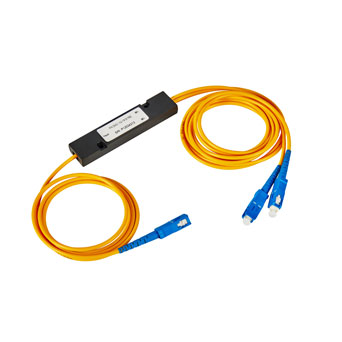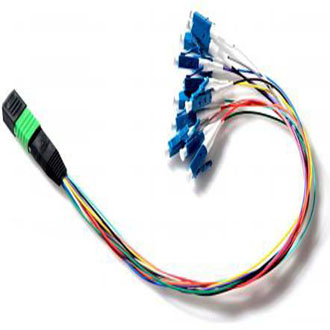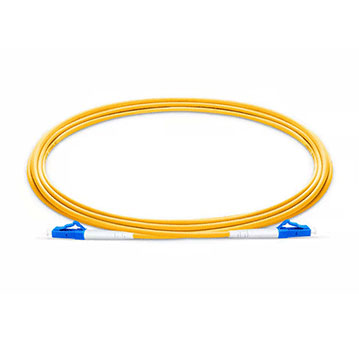In the communication industry, fiber optic termination boxes are often indispensable equipment in our wiring process. Generally, we often use optical cables when we conduct network wiring outdoors, while indoor network cables are twisted pairs, and the two cannot be directly connected. At this time, we need to use the optical fiber terminal box to branch out the optical cable and connect it to the indoor circuit.
1. What is a fiber optic termination box?
The fiber optic termination box is a box that protects the fiber optic cable and the fiber pigtail welding at the end of the fiber optic cable. It is mainly used for straight-through welding and branch splicing of indoor and outdoor optical cables and the fixing of optical cable terminals, and plays the role of storing optical fiber pigtails and protecting joints. It can split an optical cable into a single optical fiber, which is equivalent to a connector and plays the role of connecting the optical cable and the pigtail. After the optical cable reaches the user end, it is fixed in the terminal box, and the core wire and pigtail in the optical cable are welded in the terminal box.
At present, wholesale ftth fiber optic termination box are widely used in wired telephone network systems, broadband network systems, cable television systems, etc., and are also used for direct connection and branching of indoor optical fibers. They are made of cold-rolled steel plate and electrostatic spraying, and fix the fiber optic cable strengthening core on the terminal, and the design structure is reasonable and beautiful.
Ⅱ. The role of fiber optic termination box
The function of the optical fiber terminal box is to provide the fusion splicing of optical fibers and optical fibers, the fusion splicing of optical fibers and pigtails, and the handover of optical connectors. It also provides mechanical protection and environmental protection for the fiber and its components, and allows for proper inspection to maintain the highest standards of fiber management. A good fiber optic termination box needs to have the following functions:
1. Fixing function: After the optical cable enters the rack, the outer sheath and the reinforcing core are mechanically fixed, the ground wire protection element is installed, the end protection is processed, and the optical fiber is grouped for protection.
2. Splicing function: After the optical fiber drawn from the optical cable is spliced with the pigtail cable, the redundant optical fiber is coiled and stored to protect the fusion splice.
3. Distribution function: Insert the connector attached to the pigtail cable into the adapter to realize the optical connection with the optical connector on the other side of the adapter. Adapters and connectors should be pluggable; optical paths can be freely deployed and tested.
4. Storage function: Provide storage space for various cross-connected optical cables between racks, so that the arrangement is neat and orderly. There should be appropriate space and methods in the fiber optic termination box, so that the wiring of this part of the optical connecting line is clear, easy to adjust, and meets the minimum bending radius requirements.

 EN
EN



